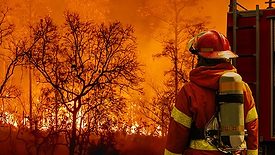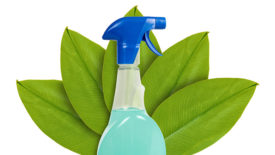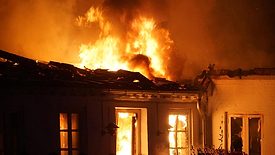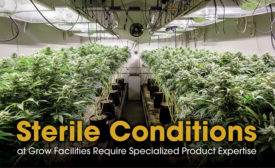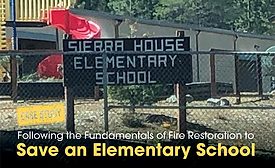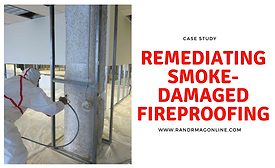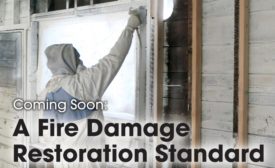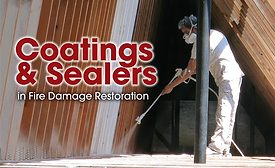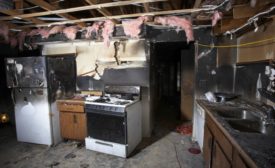Articles by Cole Stanton
Coming Soon: A Fire Damage Restoration Standard
The development of the document, and an industry call to action.
Read More
Stay ahead of the curve with our eNewsletters.
Get the latest industry updates tailored your way.
JOIN TODAY!Copyright ©2024. All Rights Reserved BNP Media.
Design, CMS, Hosting & Web Development :: ePublishing
